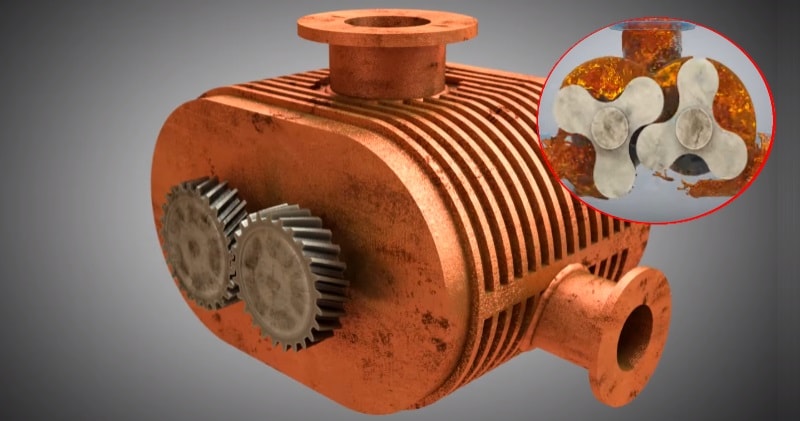The Roots supercharger is the oldest design. Philander and Francis Roots patented the design in 1860 as a machine that would help ventilate mine shafts. In 1900, Gottleib Daimler included a Roots supercharger in a car engine.The roots supercharger is a positive displacement supercharger, works on a very simple principle.
source/image: Thomas Schwenke
As the drive shaft is rotated by engine belt, the lobes turn in opposite directions with very tiny clearances between each other and between the rotors and the casing.As each lobe passes air at the inlet fill side, a measured quantity of air is trapped between the lobes and the casing.
As the shafts continue to rotate, this amount of air is transported around the casing to the discharge port side and created high pressure air directly send to inlet manifold through inter cooler and then cylinder of an engine. With this more quantity of air is used to burn more fuel and produce more power and torque in result.
Advertisement
- The air from the air filter enters into the casing of the supercharger. The left lobe rotates anti-clockwise and right lobe rotates clockwise.
- As the lobes rotates it traps the air in the space between the lobes and casing and compresses it.
- The compressed air is then discharged to the inlet manifold of the internal combustion engine through intercooler. the intercooler reduces the temperature of the air and brings it to the desired value suitable for combustion.
- Both the lobes works in the same manner but the direction their rotation is different.











